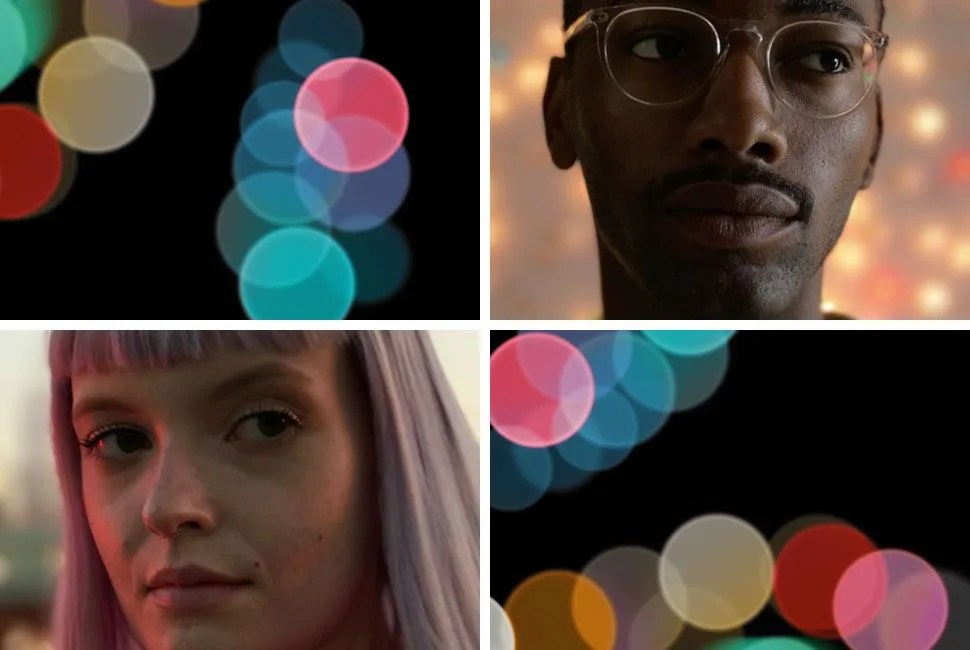Photography enthusiasts have much to get excited about with the new iPhone cameras, announced September 6 in San Francisco. The new systems included with the iPhone 7 and iPhone 7 Plus feature larger f/1.8 aperture and 6-element lenses, which Apple says will provide brighter, more detailed photos. The dual-lens setup on the 7 Plus, meanwhile, provides two focal lengths, with 1x and 2x magnification, and up to 10x of software-generated magnification.
But what about that bokeh? Highly touted during the presentation, the enhanced depth-of-field control aims to provide the kind of background de-focusing favored by photographers as a way of enhancing foreground elements and steering the eye around an image. Is the iPhone’s version of this legit?
Yes and no. I’m going to withhold judgement until I put the camera through its paces, but the strategy appears to be a binary application of bokeh, in which dual cameras generate two layers of focus: foreground and background. It’s possible that the “machine learning” that controls the process is smarter than I’m giving it credit for, but at first blush, this seems to be what we’re dealing with.
That’s great for casual bokeh — I’m coining that term now — but true bokeh is actually a progressive feature of fast optics, meaning that the de-focusing increases progressively, depending on the composition and the number of elements in the field. It essentially “casts a net” of focus that diminishes in intensity based on how far away the subject is.
A good photographer can control it via careful selection of the aperture, so elements close to the subject are only slightly defocused while elements farther back and forward from the focal point are far fuzzier. That can all be further manipulated via lens selection, camera position, and relative distances. It’s one of the most powerful strategies photographers can master. Apple’s version will undoubtedly be extremely high quality, and it will be far better than ham-fisted bokeh simulators in many smartphone apps, which ignore the fact that depth of field is just that: deep and shallow, not left and right.
So in short, Apple’s integration of depth-of-field control in the new iPhone is definitely a great new feature, but probably of limited utility when there are multi-element compositions. If you have foreground and background, it’ll rock; but if you’re striving for anything more nuanced — well, don’t trash the DSLR just yet.

